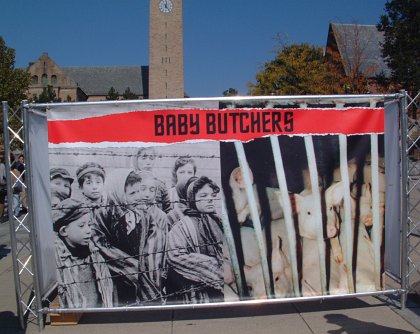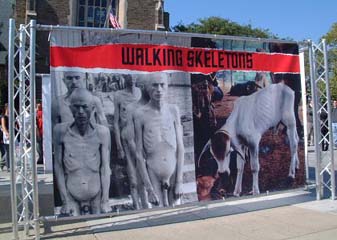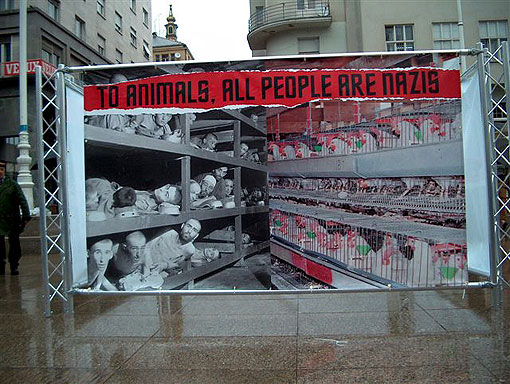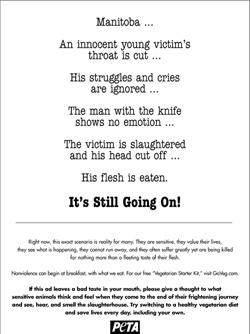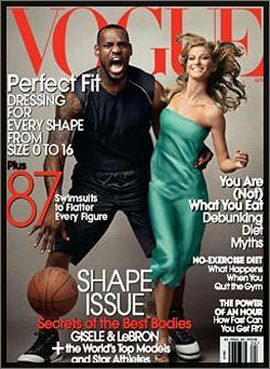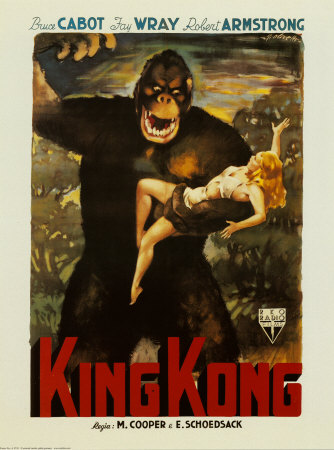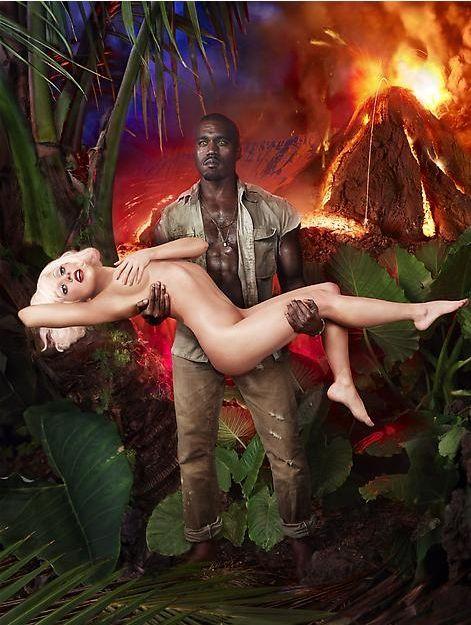In her book Ethnic Options: Choosing Identities in America, Mary Waters discusses the ways in which White Americans are able to pick and choose among their various ancestries, deciding which (if any) ones to actively claim and in what context. Certain White ethnicities tend to be quite popular, so that people are likely to actively identify themselves as, say, Italian or Irish, whereas others, such as Scottish or Scots-Irish, are relatively unpopular and people are likely to drop those ancestries from their ethnic identity.
Here is a screenshot from the website of Kathleen Delaney, a candidate for judge here in Las Vegas:
Although there is no explicit mention of it anywhere in her campaign materials, I presume, by the shamrocks and the use of the colors of the Irish flag, that she is Irish American. By using these symbols, she is able to signal her ethnicity, which she clearly is proud of and also feels will not impact her campaign negatively (thus her willingness to actively bring attention to it when there is no clear reason to do so).
This illustrates some important aspects of Waters’ argument. Whereas non-Whites often cannot get others to ignore or forget their race, Whites generally have the option of going unmarked–as just “plain” Americans, if you will. That doesn’t mean White ancestries are meaningless or unimportant, but it does mean they have different consequences. Whites can choose when to emphasize their ethnicity, and doing so has few negative consequences. Today there are no significant differences among White ethnic groups in terms of major indicators of quality of life or economic status. So the vast majority of the time there are no real downsides to claiming a White ethnicity, since being White trumps being German or Norwegian or Irish (although of course in the past there was significant discrimination aimed at certain groups of European immigrants, particularly the Irish, Italians, and eastern Europeans).
On the contrary, claiming an ethnic identity lets Whites feel special and interesting. One of the weird things about our racial system is that, though non-Whites are often stigmatized and Whites are at the top of our racial hierarchy, Whites are also often portrayed as culture-less and boring (see this post for an example). So being not just “plain” American but instead Swedish-American seems neater.
This might make a good contrast to the ways in which Barack Obama’s race has been discussed in the presidential election. Whereas he has had to actively address issues of race, and try to downplay it and portray himself as a “post-racial” candidate, Delaney can actively bring attention to an ethnicity that would otherwise probably go unnoticed by most voters, and she clearly thinks that doing so isn’t going to harm her chances of getting elected.
UPDATE: In a comment, Megan pointed out that the ability to “mark” yourself with symbols of your ethnicity can be limited by whether or not those symbols are known well enough by the general public to be recognizable. She says,
Being Swedish-American may be “neat” as you say, but putting some Swedish symbols on a bumper sticker won’t really be understood outside of the upper midwest.
It’s a good point–whereas the shamrock is widely recognized as a symbol of Irishness, I can’t think of any similar symbols of Swedishness off the top of my head, and blue and yellow, the colors of the Swedish flag, certainly don’t immediately signal “Sweden” to me when I see them. So of course anyone can use symbols to signify their ancestry, but not all of those symbols are going to be meaningful to observers. If the Delaney sign had been blue and yellow, and she had some Swedish symbol in place of the shamrocks, I probably never would have written this post because I wouldn’t have even recognized it as ethnic signalling.
Thanks, Megan!



